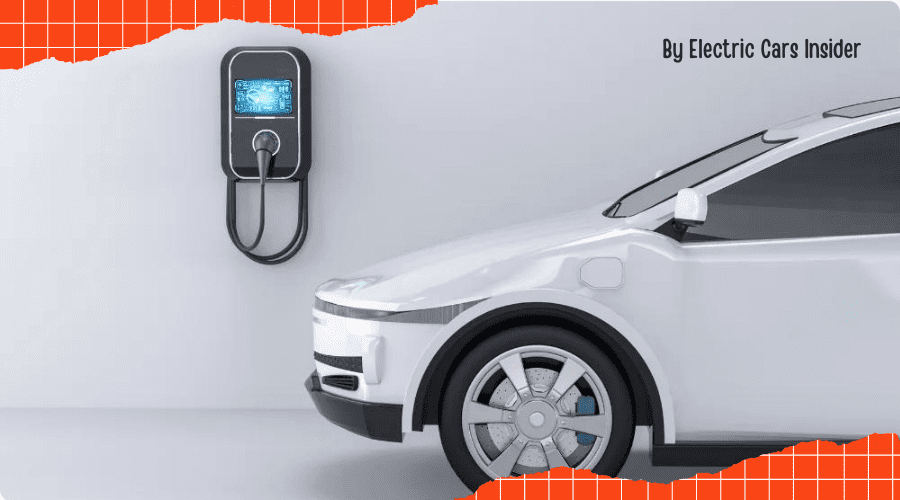The world of electric cars (EVs) is changing quickly, all thanks to battery innovations. The battery is crucial. It’s the lifeblood of an electric car. It determines your travel range, efficiency, and the performance of your vehicle. This article examines the latest breakthroughs in EV battery realm. These novel concepts are poised to advance the EV landscape, molding our future modes of transportation.
The Rise of Solid-State Batteries
We anticipate the arrival of solid-state batteries – a monumental leap in electric car battery science. These differ from common lithium-ion batteries that utilize liquid electrolytes; they employ a solid variation instead. Numerous key benefits are connected to this progress:
1) Higher Energy Density
Looking at ordinary lithium-ion batteries, they hold less power compared to solid-state batteries in the same size. This indicates better energy focus. What does this mean? Electric cars can travel further without needing larger or heavier batteries. How does this affect the common individual? There’s less time wasted charging your car. Additionally, it allows you to plan longer trips without the worry of finding a charging station halfway.
2) Improved Safety
These batteries keep a consistent cool, hardly ever getting too warm or igniting, which lowers the chance of them getting too hot. This is typically a worry with batteries that have liquid parts. The protective features of these batteries strengthen their longevity. They hold a high position as a future energy supply for electric vehicles. This is particularly true in areas where safety is key.
3) Faster Charging Times
Solid-state batteries could boost charging speeds. They handle more heat, which lets them ramp up their charger amp rate. This cuts down the time it takes to juice up your electric car. If cars get easier to use, more folks might start driving electric. You can read up on solid-state batteries at the U.S. Department of Energy’s website.
Advancements in Fast Charging Technology
Boosting the rate of charging remains a top goal for makers and scientists of electric cars. Cutting-edge advancements are establishing fresh limits in the domain of rapid charging by enhancing its efficacy and simplifying it:
1) Ultra-Fast Charging Networks
Some super-speedy charging networks have been created to offer EV drivers fast, simple charging solutions. These networks could pack a punch of 350 kW and fill an EV’s battering from empty to 80 percent in just a quarter of an hour to twenty minutes. Because more of these networks are popping up, drivers don’t have to wait around to charge their cars, which makes longer EV trips more feasible.
2) Wireless Charging Technology
A new idea is the tool named wireless charging for electric vehicles, which is advancing quickly. This tool answers the issue of the hassle of using cords, by letting individuals power up their EVs minus any physical link spots such as wires or plugins. Car owners merely need to park their vehicles over a charging mat, and their EVs get powered up without needing help. Even though the wireless charging tool is still being looked over as a concept, it has the chance to completely change our method for EV charging, making it even simpler.
3) Battery Preconditioning
Heating a battery is known as battery preconditioning. This helps the battery get warm, making its charging efficient, implying faster charging and improved function. This is particularly important in chilly regions, as batteries perform less well in the cold. The pre-heating phase assures the battery is ideally warm for charging to occur, reduces waiting time, and aids in the successful operation of the entire charging process.
Focus on Sustainability in Battery Production
With the rise in electric car purchases, creating eco-friendly batteries becomes increasingly vital. This innovation will propel progress, a major move towards reducing environmental harm from electric cars.
1) Recycling and Reuse of EV Batteries
The challenge of navigating tech progress and emerging hurdles in EV battery tech often pertains to dealing with batteries at their lifecycle’s end. Many companies tackle this problem by creating enhanced recycling methods. These methods recover precious metals, such as lithium, cobalt, and nickel, from old batteries. These components can be used again in producing new batteries. Thus, a self-sustaining recycling loop is created, which cuts down on landfill trash, lowers the demand for mining, and takes advantage of recovered materials. Take a look at the battery recycling projects spearheaded by the U.S. Energy Department.
2) Development of Eco-Friendly Battery Materials
Scientists also attempt to employ eco-friendly elements such as silicon or sulfur in manufacturing batteries. Their goal is to replace cobalt, which is notorious for its environmental and ethical problems. The use of these alternatives could reduce the harmful effects on the environment that stem from battery production. The operation and effectiveness of the updated battery might stay unchanged or even improve.
3) Energy-Efficient Manufacturing Processes
Creating batteries in an eco-friendly manner means focusing on energy efficiency. This method brings some fresh concepts to the table. These ideas involve harnessing renewable energy and optimizing the process to its full potential. This implies less environmental damage. Thus, these techniques result in good-quality batteries. Plus, they play a vital role in safeguarding our planet.
The Future of Electric Vehicle Battery Technology
Intense research and advancements are driving the technology of electric car batteries forward. This innovation represents a significant opportunity for reducing waste, enhancing efficiency, and simplifying battery usage. As technology progresses, these batteries become essential in making electric vehicles more attractive. They facilitate broader usage of electric cars amongst people.
Ever wondered about the future of transportation? Keep an eye on advancements in electric car batteries. These strides influence more than just electric cars. They’re also shaping a planet that’s greener and kinder to the environment.
Looking for more knowledge on electric car developments and tech? Read our piece about what’s coming next for electric cars and the main things to keep an eye on.

